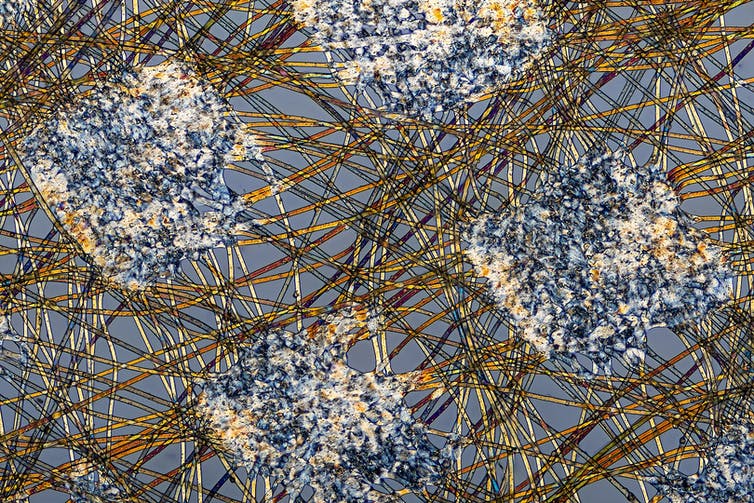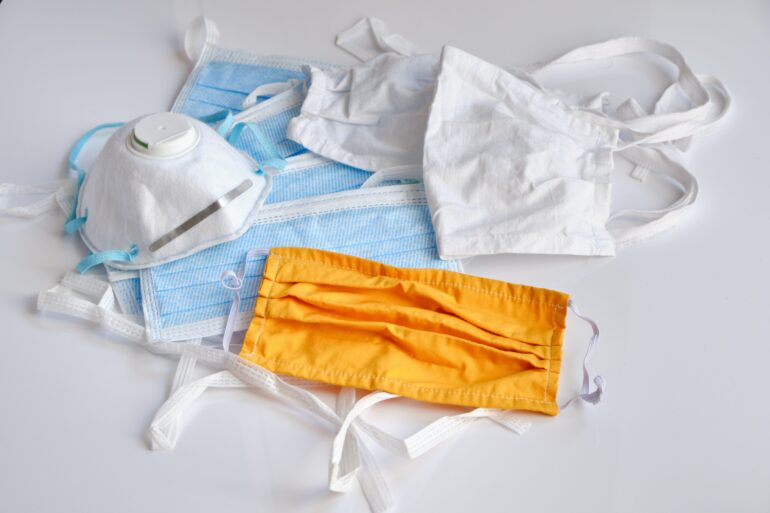The Centers for Disease Control and Prevention has changed its guidelines about masks and respirators a number of times over the past two years and gave its most recent update on Jan. 14, 2022. The update states that cloth face coverings offer the least protection from the coronavirus compared with surgical masks or N95-style masks. Christian L’Orange is a mechanical engineer who has been testing the performance of masks for the state of Colorado since the beginning of the pandemic. He explains the new CDC guidelines and the science of what makes for a good mask.
1. What changed in the CDC guidelines?
The CDC currently recommends that you “wear the most protective mask you can that fits well and that you will wear consistently.” The question, then, is what type of mask offers the best protection for you – by filtering the air you breathe in – and for those around you – by filtering the air you breathe out?
The CDC’s updated guidelines clearly lay out the hierarchy of protection: “Loosely woven cloth products provide the least protection, layered finely woven products offer more protection, well-fitting disposable surgical masks and KN95s offer even more protection, and well-fitting NIOSH-approved respirators (including N95s) offer the highest level of protection.”
From a performance standpoint, the N95 and KN95 masks are the best option. While supply chain limitations led to the CDC recommending people not wear N95s early in the pandemic, today they are easily obtainable and should be your first choice if you want the most protection.
The biggest change in the new guidelines has to do with cloth masks. Previous guidance from the CDC had said that some cloth masks could offer acceptable levels of protection. The new guidance still acknowledges that cloth masks can offer a small amount of protection but places them at the very bottom of the bunch.

N95 masks are made from a tangled web of tiny plastic fibers that are very effective at trapping particles.
Alexander Klepnev via Wikimedia Commons, CC BY-SA
2. What’s the difference between N95, surgical and cloth mask materials?
The effectiveness of a mask – how much protection a mask provides the wearer – is a combination of two major elements. First, there’s the ability of the material to capture particles. The second factor is the fraction of inhaled or exhaled air leaking out from around the mask – essentially, how well a mask fits.
Most mask materials can be thought of as a tangled net of small fibers. Particles passing through a mask are stopped when they physically touch one of those fibers. N95s, KN95s and surgical masks are purpose-built to be effective at removing particles from air. Their fibers are typically made from melt-blown plastics, often polypropylene, and the strands are tiny – often less than four thousandths of an inch (10 micrometers) in diameter – or approximately one third the width of a…



